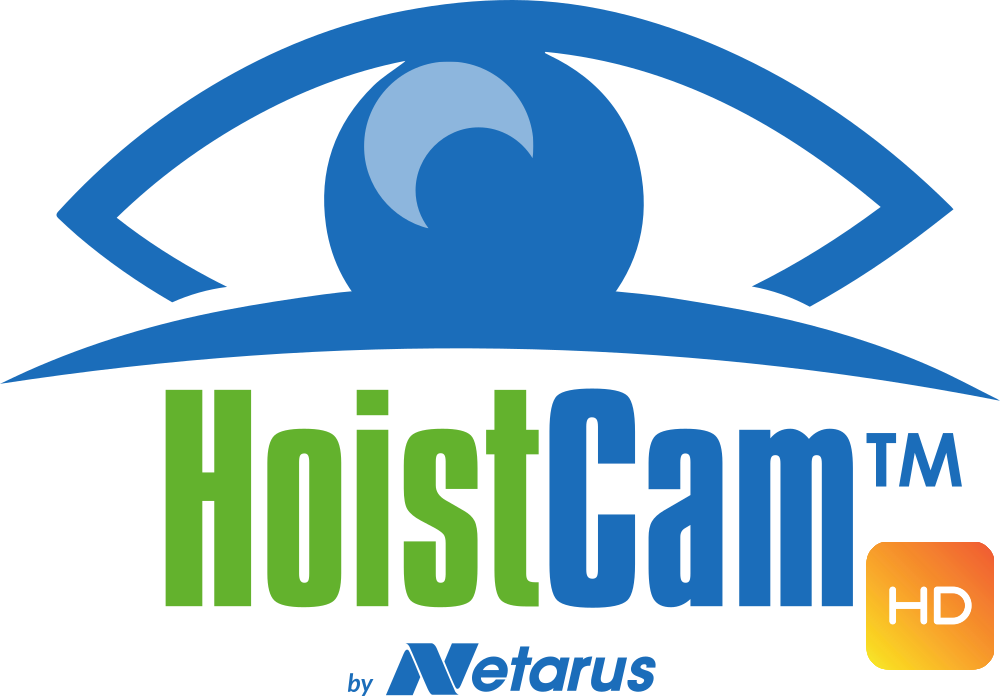New Jersey FACE Advises Use of Cameras on Cranes
A report from New Jersey’s Fatality Assessment & Control Evaluation Project shows why government agencies are beginning to advise the use of cameras on cranes. According to one report, ” On May 31, 2002, a federal OSHA compliance officer notified FACE staff of a worker who was killed in a machine-related incident. A FACE investigator contacted the company and arranged to conduct an investigation, which was done on November 6, 2002. During the visit, the FACE investigator interviewed the company safety officer and workers who were near the incident. The area was photographed from the ground and the crane operator’s cab. Additional information was obtained from the police report, the medical examiner’s report, and the OSHA investigation file.”
During the course of that investigation, it was discovered that the victim worked for a concrete plant which made huge concrete slabs for construction buildings. The company in question had been in business for 25 years, and had a total of 100 non union workers in two different states. There were 38 employess at the New Jersey plant at the time of the accident. That plant had been in business for 8 years. There was a safety officer in charge of both plants, and a comprehensive health ans safety code was in place. Safety committee meeting were held every month, toolbox talks were held each week, and crane operators were trained with videos and on the job training, which was reinforced every 12 to 18 months.
In spite of all of these safety precautions, a rigger was killed when he was ran over by the gantry crane. Described as a good worker by his team, he had previously worked as a lumberjack, construction worker, and laborer. The victim arrived at work that day as usual, and was working as a spotter/rigger. “Although visibility from the operator’s cab was generally good, the crane had a number of blind spots and visibility was blocked when carrying or straddling a load. To compensate for this, a spotter would walk along with the crane to look for obstacles and direct the crane’s placement for loading and unloading. The spotter communicated to the operator with hand signals and shouted verbal commands. The company safety officer stated that the crane’s engine was governed to limit the crane’s speed to about four miles per hour,” according to the report.
The victim was seen by another rigger as he walked on the right side of the crane, in front of the right front wheel in order to guide it across the yard. The crane operator’s vision did not allow him to see the victim. The second spotter walked on the left side of the crane, when suddenly he looked and saw the victim laying on the ground after being ran over by the crane. He immediately motioned for the crane to stop and called 911, but the victim died of his injuries 15 days later.
As a result of this accident, FACE released the following advisement to prevent similar accidents:
- They felt that employers should install devices which will increase the visibility of the crane operator.
- They felt that employers should conduct a job hazard analysis of all work activities with the workers’ participation.
- They felt that employers should make sure that all machine guards are in place before beginning the operation of any equipment.
Number one is where HoistCam cameras on cranes comes in. With cameras on crane, the crane operator will be given the chance to see every part of every lift, and every section of the job sight. By simply glancing at a monitor in the cab with him, he can see the feed from the camera which can be placed anywhere. Hopefully, with HoistCam’s cameras on cranes, accidents like this one will soon be a thing of the past.


